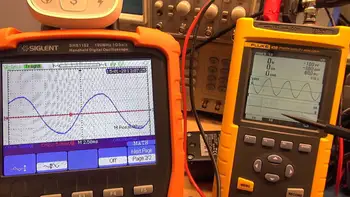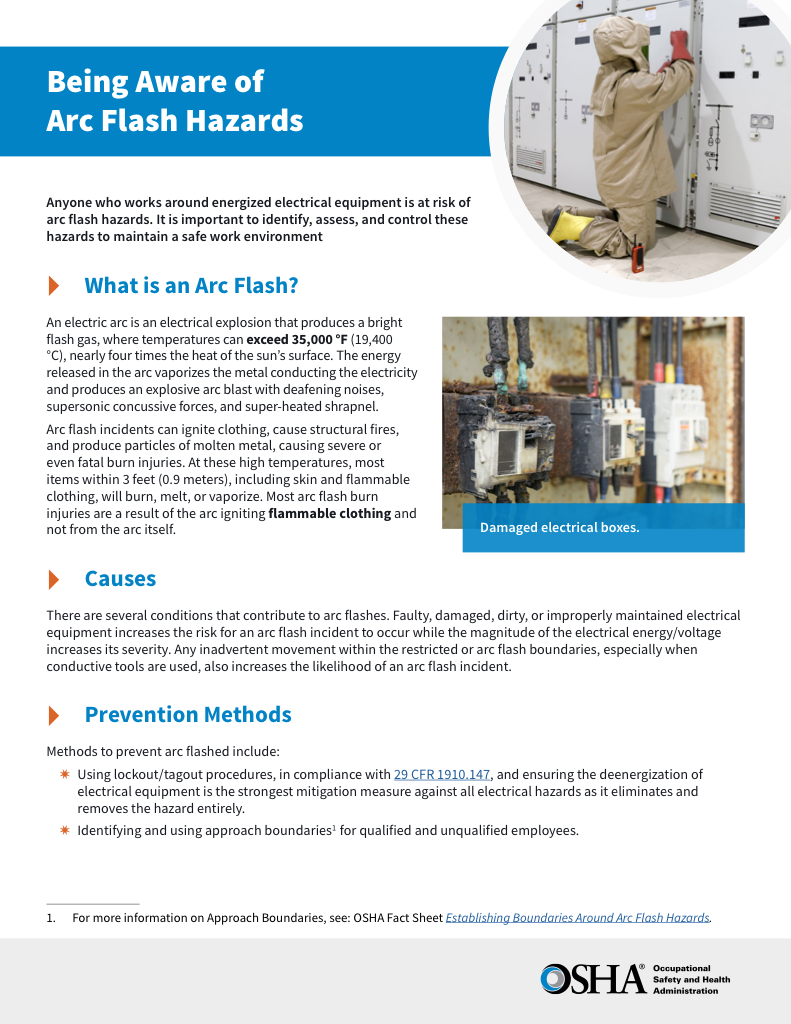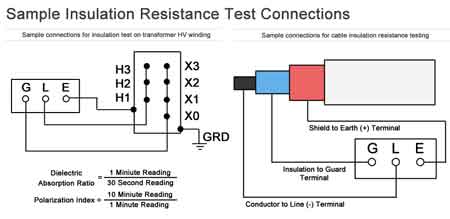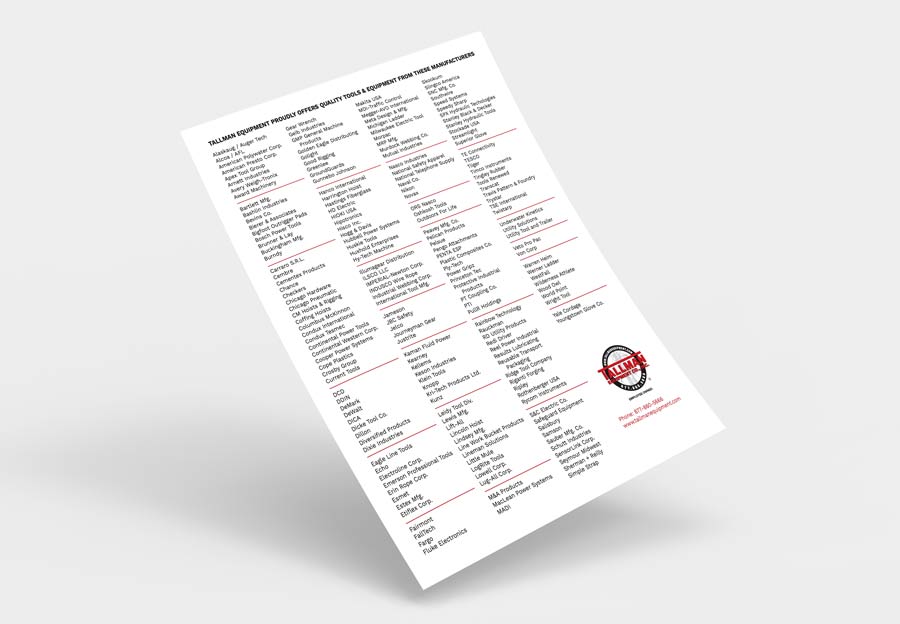Grounding A Generator

Power Quality Analysis Training
Our customized live online or in‑person group training can be delivered to your staff at your location.

- Live Online
- 12 hours Instructor-led
- Group Training Available
Download Our OSHA 4475 Fact Sheet – Being Aware of Arc Flash Hazards

- Identify root causes of arc flash incidents and contributing conditions
- Apply prevention strategies including LOTO, PPE, and testing protocols
- Understand OSHA requirements for training and equipment maintenance
Grounding a generator ensures electrical safety, meets NEC 250 rules, and protects equipment by directing fault current to earth. Learn methods, earthing, bonding, and best installation practices.
What does Grounding A Generator mean?
Grounding a generator involves creating a low-impedance path between the generator’s frame and the earth, allowing fault currents to safely dissipate. This protects people and equipment and ensures compliance with safety codes. It:
✅ Connects the generator frame to earth ground to prevent electric shock
✅ Meets NEC requirements for portable and standby generators
✅ Protects connected equipment from fault currents and voltage surges
At its core, the grounding (earthing) system stabilizes voltage during normal operation, protects against dangerous touch voltages, and minimizes electrical hazards. Poor earthing can cause voltage fluctuations, equipment malfunctions, and safety risks. Understanding the fundamentals of electrical grounding is essential for ensuring generator safety and compliance with NEC requirements.
Grounding and Bonding and the NEC 250 Training
Electrical Grounding and the CE Code Training
Request a Free Power Quality Training Quotation
When grounding a generator, safety depends on creating a reliable path for fault currents to dissipate into the earth. A copper ground wire is typically used to connect the metal frame of the unit to a ground bolt or electrode, ensuring the entire electrical circuit remains safe during operation. Generators with a fuel tank mounted to the frame must be properly bonded to prevent static discharge, and portable models may need to be manually grounded if not internally bonded. When connected to a building through a transfer switch, proper earthing helps maintain system stability and prevents hazardous voltage differences between the generator and the main electrical service.
Regulatory Guidelines When Grounding a Generator
The National Electrical Code (NEC) and Occupational Safety and Health Administration (OSHA) provide rules for when and how a generator must be grounded.
Test Your Knowledge About Power Quality!
Think you know Power Quality? Take our quick, interactive quiz and test your knowledge in minutes.
- Instantly see your results and score
- Identify strengths and areas for improvement
- Challenge yourself on real-world electrical topics
-
NEC 250 covers earthing and bonding for portable and stationary generators.
- NEC 250.34 specifies exceptions for portable generators that do not require a separate earthing electrode under certain conditions.
-
OSHA requires proper earthing for portable units unless they have specific built-in safety features.
Understanding when a ground rod is mandatory versus when built-in bonding suffices prevents violations. For a deeper explanation of compliance standards, see our detailed electrical grounding code guide, which covers both U.S. and Canadian regulations.
Methods for Grounding a Generator
The right method depends on the generator type and setup:
-
Ground Rod Method – Drive a copper or galvanized rod into the earth, connecting it to the generator’s earthing
-
Frame as Earthing Electrode – Some portable units allow the frame to serve as the electrode when bonded to the neutral conductor.
-
Bonding to Building Ground – Standby generators are typically bonded to the building’s existing earthing electrode system. Learn how grounding and bonding work together to protect equipment and reduce electrical hazards.
Best practices:
-
Use corrosion-resistant copper materials
-
Keep all connections tight and free of rust
-
Wear insulated gloves and ensure the work area is dry
Our grounding bonding CSA NEC resource explains how these standards apply in various installation environments.
Essential Grounding Equipment and Materials
The equipment and materials used for grounding a generator play a crucial role in achieving safe and effective results. High-quality copper ground rods are preferred due to their excellent conductivity and resistance to corrosion.
-
Copper Rods – Provide superior conductivity and corrosion resistance
-
Earthing Conductors – Sized to handle maximum fault current without overheating
-
Clamps and Connectors – Ensure a secure bond between rod and frame
-
Bonding Jumpers – Electrically connect all metallic components for safety
Explore the components and design of a reliable grounding system to ensure stable operation in all conditions.
Avoiding Common Ground System Mistakes
Despite the availability of guidelines, misconceptions about grounding a generator persist, leading to potentially dangerous practices.
-
Believing a ground rod is always required — some generators are internally bonded and meet NEC exceptions
-
Incorrectly bonding neutral and ground, which can create dangerous parallel paths
-
Using undersized wires or poor-quality clamps
-
Ignoring soil resistance, which affects earthing effectiveness
If you’re new to the subject, start with our guide on understanding electrical grounding for a clear, practical overview.
Adapting Ground System to Different Environments
The environment in which a generator is used also significantly influences its requirements. For instance, in residential settings, the soil’s conductivity and the presence of moisture can affect the system’s effectiveness.
-
Residential Use – Soil moisture and type impact earthing performance
-
Construction Sites – Higher earthing demands due to large machinery and load fluctuations
-
Recreational Vehicles (RVs) – Often rely on the frame as the earthing electrode, but safety verification is essential
Key Takeaways
-
Always follow NEC 250 and OSHA requirements when grounding a generator
-
Choose high-quality earthing rods, conductors, and connectors
-
Know when a separate electrode is required and when built-in bonding is sufficient
-
Inspect and maintain all earthing connections regularly for safety and compliance
Related Pages








